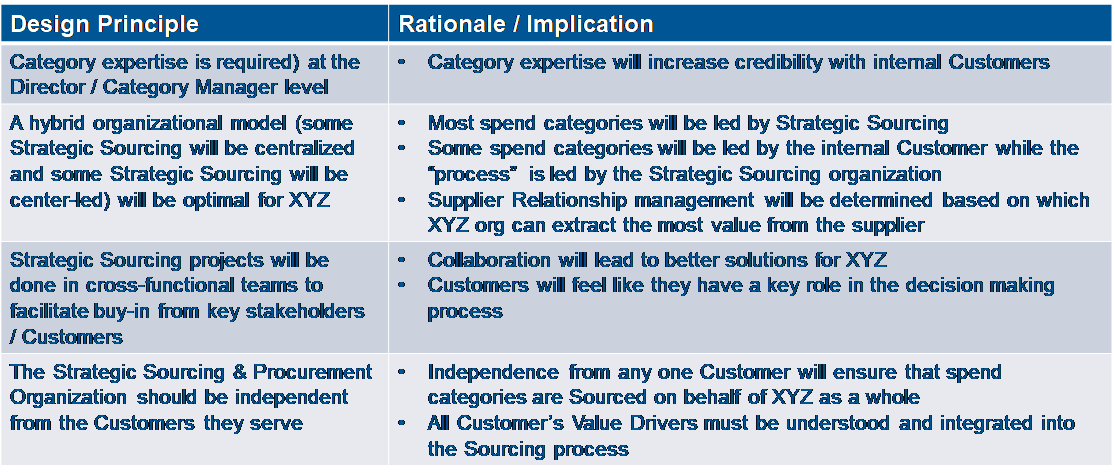You are probably NOT going to like my answer – it depends! Defining what it depends ON, is the key! Regardless of your business or industry, every company is providing goods and/or services to a set of customers (these customers may be internal or external or both) through an operating model. To be successful, your Supply Chain must first define who those customers are AND what Value they expect you to deliver to them. Value, by the way, may come in the form of quality, delivery, cost, access to resources, risk avoidance, innovation or a variety of other factors. To determine if your Supply Chain operating model is the “best” for your company, take a step back to determine if the way you are doing business is delivering maximum value for your “customers”.
Evolving your operating model over time is usually a top priority for executives. Many organizations are dealing with increased complexity (from local to regional to national to global), customer service demands (making it easier to do business with you), evolving technology (moving to digital), etc., all of which require a review of how they are operating. Here are some key questions to help you determine if your operating model needs to change / evolve:
- Are you able to consistently meet your “customers” needs or does your organization structure get in the way?
- Do you constantly see gaps between your strategy and your business results?
- Does your organization have the competencies required to execute your strategy?
- Do decisions get made in a timely fashion to ensure you can react to changing conditions?
- Do you have the executive support required to execute your strategy?
- Do you have the appropriate accountabilities in place to execute your strategy?
If the answers to any / all of these questions is troubling, it is probably time to take a second look at your operating model.
There are numerous ways of skinning the orange (politically correct ) so you need to start with your strategic vision FIRST. This is a step that is often skipped as we all have a tendency to move straight to execute – that is a mistake. This should not be an exercise in drafting pictures with boxes and lines but will quickly turn into that unless you follow this:

Operating Models
Take some time to educate yourself and others on your “customer’s” requirements / value drivers and understanding market realities (the external forces that will influence your plan). This is absolutely essential in creating the strategic vision that will drive everything you do and help you to avoid the ever-swinging pendulum of moving from the centralized to decentralized model and back again every three to five years.
Once a strategic vision is in place, a set of design principles needs to be developed to define what an organization must do to enable the execution of the vision /strategy. You must be able to convert your strategy to results and a carefully drafted set of design principles will help align leaders around the objective criteria for designing the operating model. Design principles lay out the “customer” requirements / value drivers that the operating model must support. These principles (usually no more than 8 -12) will help to articulate what matters most to an organization and often help decide at what level certain activities should be performed or managed or grouped together (global, regional, local or by business unit?). Here is a client example from an operating model for a Strategic Sourcing organization. Please note, at TMG we feel very strongly that all principles must be accompanied by the rationale / implications to ensure that everyone who is part of the design process clearly understands both the rationale and the implications of that principle.

Design principles provide the basis for evaluating operating model options and once these are agreed to and in place, THEN it is time to complete the model and EXECUTE.
Which is the right operating model for your Supply Chain? It depends but it may be time to evaluate if your is working for or against your strategy.
Let us know what you think and join in the conversation . . . . .

